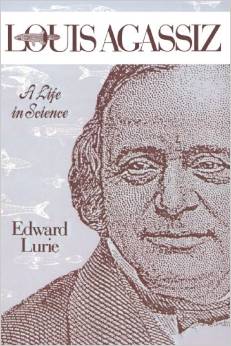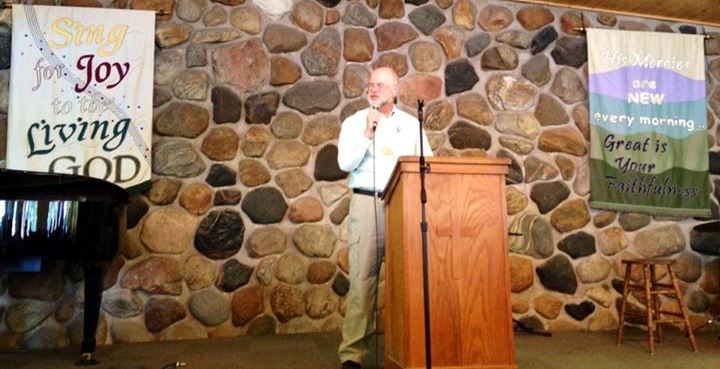
Louis Agassiz: A Life in Science by Edward Lurie
My rating: 4 of 5 stars
Louis Agassiz might well be considered the foremost naturalist of the first half of the nineteenth century. He brought a rigor to the scientific enterprise in America that inspired everyone from cabinet members to farmers. And he also reflects the human dilemma of being caught late in life in a paradigm shift as the work of Charles Darwin won over a younger generation of zoologists, some who had studied with Agassiz.
This is an older work, published in 1960 and a cheap find at a used book sale at our local library! Lurie traces Agassiz from his youth in Switzerland, his clear sense of a plan for his life from age 15 that led to a succession of studies first in Neuchatel, and then in Germany, his efforts to forestall his parents aims that he would settle down to a respectable medical practice in his home town, and fortuitous relationships with Humboldt and Cuvier. It was with the latter that his metaphysical and scientific convictions about special creation and the fixed nature of species were formed. During this time he gained great reknown in Europe with lectures on glaciation and how these wiped out species and how different species were specially created in various locations following the last ice age.
This in turn led to lectures in America in 1846 and the offer of a Harvard appointment. In one of the darker sections of the book, we see his choice of American science over his dying first wife. Nevertheless, supported by rich Boston patrons and lecture income, he establishes a research program and the prolific collection of specimens that would continue for the rest of his life, far outstripping the ability to catalogue and properly display and utilize them. This led to plans for a Museum of Comparative Zoology, functioning under Harvard’s aegis with some funding from the college and much from patrons, the state, and even Agassiz’s own earnings. Along the way, he married Elizabeth Cary, a wife totally dedicated to and enthralled with his work.
The Museum in many ways represented both the pinnacle of his accomplishments in attracting researchers, rigorous publications, and one of the most comprehensive collections of zoological specimens, living and fossil, anywhere in the world. The efforts to sustain this Museum led to ever more taxing efforts that colored Agassiz’s responses to Darwin’s theories, alienated him from colleagues, and eventually fatally compromised his health. He suffered two strokes, the second of which proved fatal resulting in his death in December of 1873.
I was expecting to find a portrait of an increasingly rigid man, and to some extent this was so. And yet in his last years, he reconciled with Asa Gray and others he had alienated and even corresponded cordially with Darwin and wrestled with Darwin’s explanations and the data Darwin cited in support. He never changed his basic position, however, and in an Atlantic Monthly article published posthumously, he presented both his respect for Darwin’s work and his critique of the theory and reasons for continuing to hold his own views.
Along the way, Lurie helps us to understand how Agassiz gained such a standing and following. He was a driven personality with an expansive vision, huge energy, a compelling lecturer, and a dedicated researcher who could affirm original discoveries of his students, or even common citizens who sent him a specimen he had not seen before. Agassiz made science exciting not just for scientists but the wider public. This biography charts the strengths and weaknesses of such a figure and is worth the attention of anyone with great aspirations in science.

Thank-you to Bob for sharing Review: Louis Agassiz: A Life in Science from his blog Bob on Books (6/12/2014). What a joy to spend last week with him at the InterVarsity Christian Fellowship MidWest Faculty Ministry Conference, of which he did a superb job directing!
For some of his inside perspective on the week, I encourage you to follow the links offered in yesterday’s post The End of Higher Ed —Update #1.
To God be the glory! ~ Thomas B. Grosh IV, Associate Director, Emerging Scholars Network
Bob Trube is Associate Director of Faculty Ministry and Director of the Emerging Scholars Network. He blogs on books regularly at bobonbooks.com. He resides in Columbus, Ohio, with Marilyn and enjoys reading, gardening, choral singing, and plein air painting.

Leave a Reply